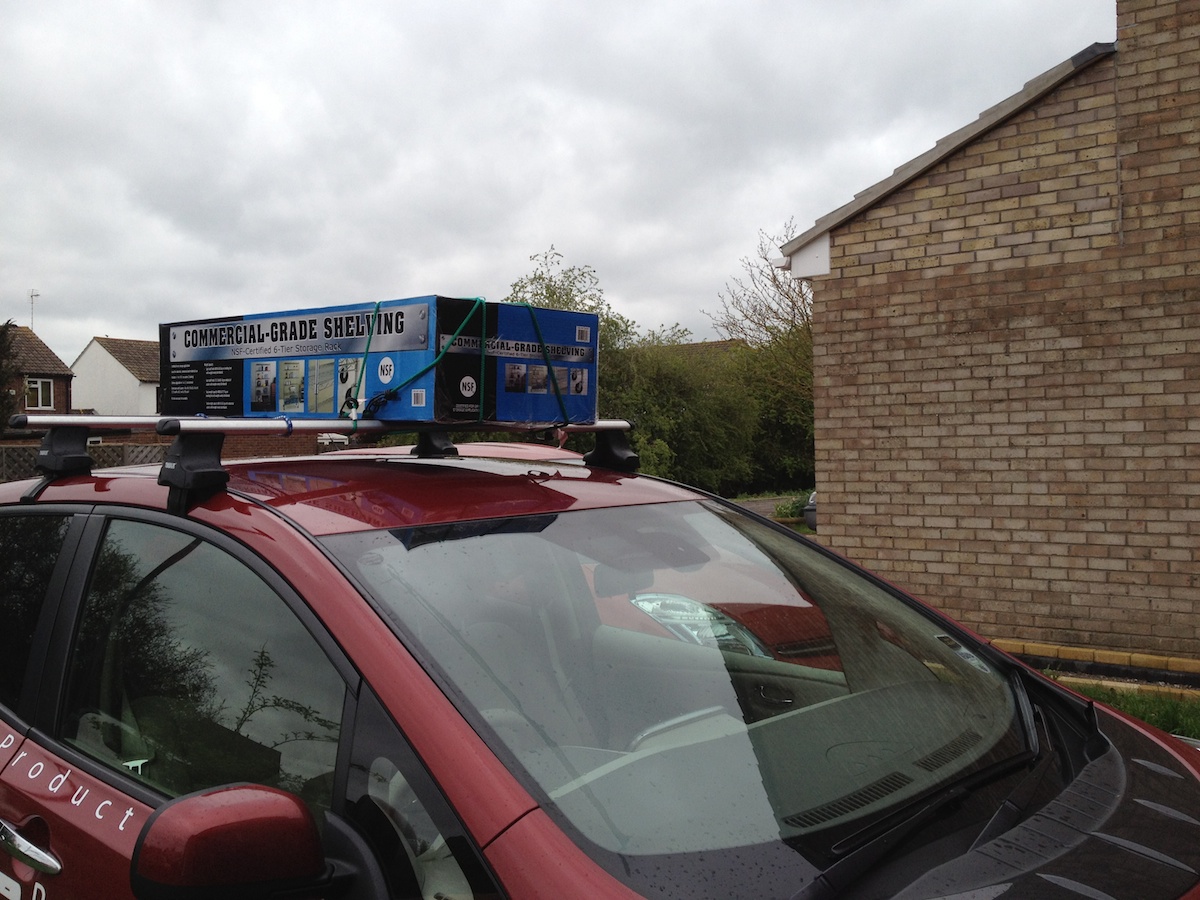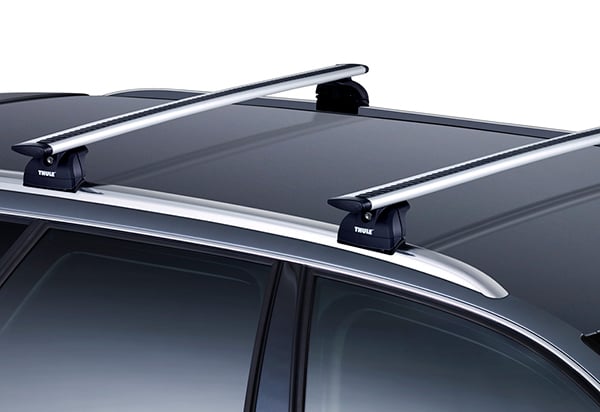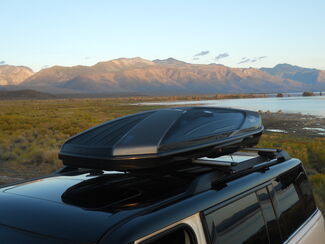Fuel Consumption Impacts Of Auto Roof Racks

The roof rack mpg experiment he compared the gas mileage of his car at 54 7 mph 88 kph with 1 no roof racks 2 an empty roof rack and 3 a mountain bike on the roof rack.
Fuel consumption impacts of auto roof racks. 30 5mpg astra s baseline fuel economy. How often do you see people needlessly driving around with roof racks on their roof. A close second was the kayak with 28 percent or a. Use of roof racks requires vehicles to expend more energy due to aerodynamic drag.
He found that compared to the baseline of no roof rack the empty rack reduced his mpg by 12 7 and the roof rack with a bicycle reduced it by a whooping 27 3. Sure it might earn you some cool points from some crowds but leaving a bike carrier luggage pod or other cargo toting device on top of your car can impact your fuel consumption and by a significant factor too. 30 4mpg two front windows a third open 30 3mpg roof bars and laden roofbox 30 2mpg two front windows totally open 29 7mpg four tyres. While there have been studies of their impact on individual vehicles depending on the configuration the fuel consumption penalty can be 0 to 25 percent on passenger cars this is the first study to estimate impacts at the national level.
Any roof carrier will cut your mpg significantly the same of course applies to roof racks and other cargo accessories. While there have been studies of their impact on individual vehicles depending on the configuration the fuel. Fuel consumption increased 2 6 2 and 1 1 compared with a clean roof. Use of roof racks requires vehicles to expend more energy due to aerodynamic drag.
When the roof rack was loaded with a ski box fuel consumption increased 10 11 and 12 3 compared with the clean roof conditions. The gear with the most impact were the dual mountain bikes strapped to the roof which impacted the fuel economy by 31 percent or 9 mpg. For comparison the additional fuel consumption caused by roof racks is about six times larger than anticipated fuel savings from fuel cell vehicles and 40 percent of anticipated fuel savings from.













































